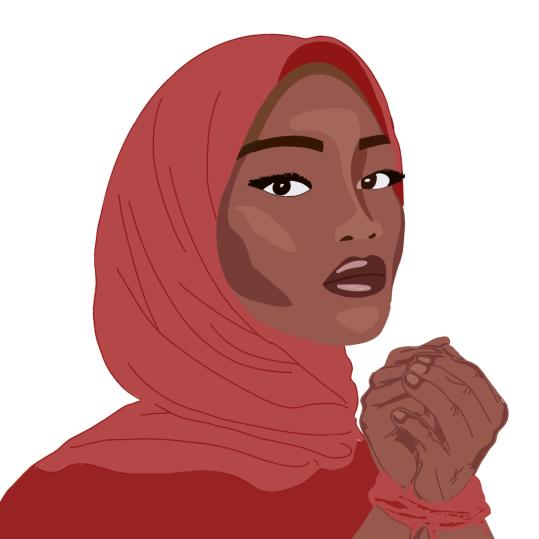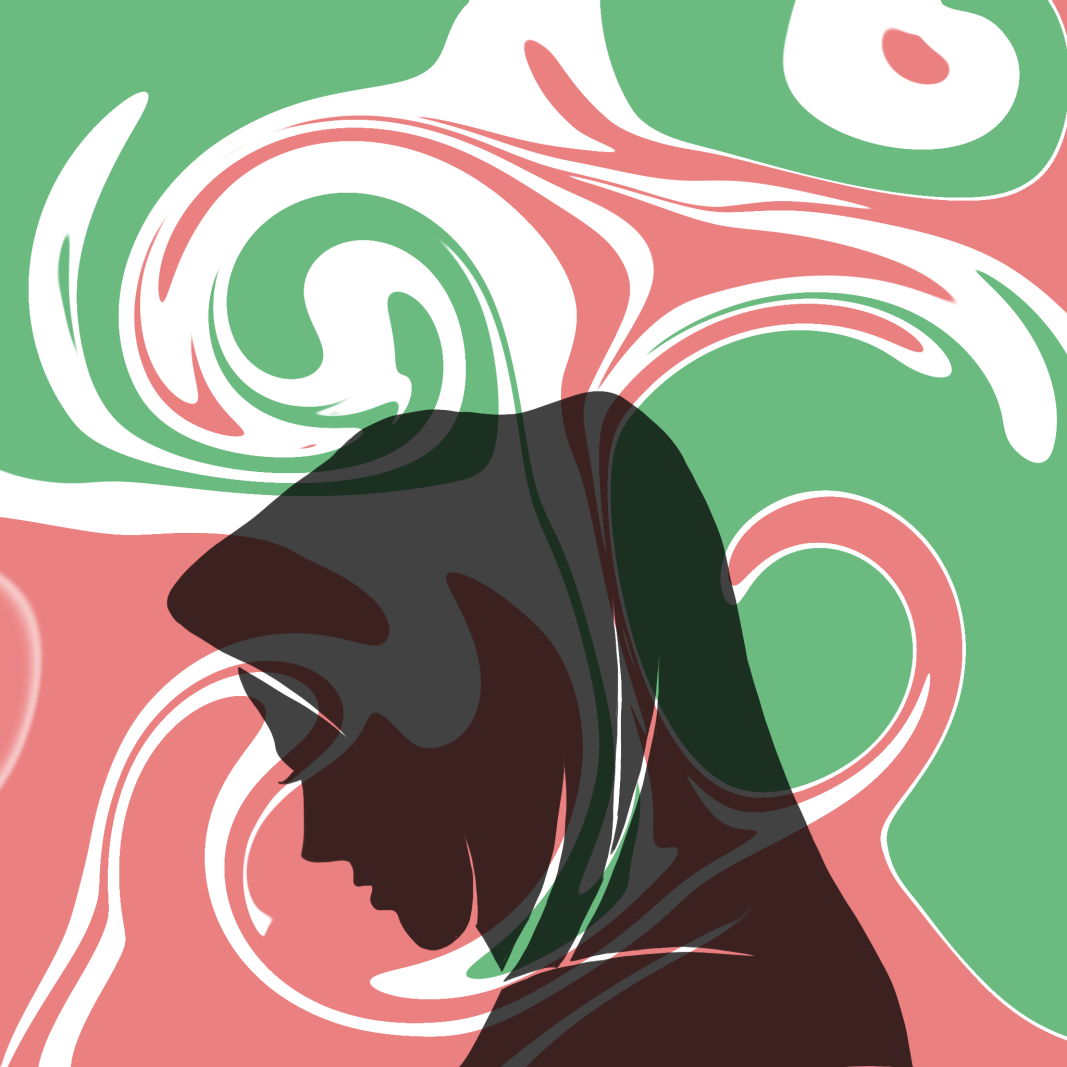Throughout history, there have been similar protests for women’s rights to the ones happening in Iran. While there are so many, the mentioned below are some of the more well known movements:
Suffrage Movement
In 1848, The Seneca Falls Convention in Seneca Falls, New York, led by Elizabeth Cady Stanton and Lucretia Mott, sparked the beginning of the Suffrage Movement. Over 300 people, mostly women, attended the convention. They created the Document of Sentiments and Grievances, modeling it after the Declaration of Independence, asserting gender equality between men and women. With the belief that women deserve political power just like men, the suffragists became more active in the 1900s through mass protests and picketing. As the United States entered World War I, women began to take jobs that men left behind, leading President Woodrow Wilson to understand the importance of women in modern day society. Decades after the 14th and 15th amendments granted male’s suffrage rights, President Wilson proposed the 19th amendment that enfranchised suffrage rights to women, which was finally passed in 1920 and brought an end to the suffrage movement and gave women the rights they had been fighting for.
Women’s Liberation Movement: Bra Burning at the Miss America Pageant
The Women’s Liberation Movement was a far reaching and international fight for women’s rights, held from the 1960s-1980s. Specifically, in the United States, liberationists protested against the Miss America Pageant for the objectification of women’s bodies, which viewed women as mere objects to men’s sexual desires instead of people. The liberationists protested at a pageant being held in New Jersey, throwing their bras, lipsticks, high heels, and more, into a trash can, labeled the “Freedom Trash Can”. While the event was known for the burning of the can, the fire was reported to be accidental and put out quickly. However, the extinguishing of the fire does not extinguish the efforts and spirit of the women who showed up and fought for their rights.
Take Back the Night
Take Back the Night is an organization that had its first event in England in 1877, where women protested for the violence and fear they felt as they walked at night. As this movement gained popularity, it spread to the United States. For example, in 1972, women marched through the University of Southern Florida campus, demanding more resources for their education. In 1978, Take Back the Night marched once again in San Francisco to protest against the snuff pornography being distributed and the women being murdered for it. Then, again in 1975, Susan Alexander Speeth was murdered while walking back home, sparking another march against the unsafety women experience at night. At the International Tribunal on Crimes Against Women convention in Belgium, women marched with candles to fight for the ability to walk the streets at night safely and without fear. All those events aimed to earn security for women, and in the 21st century, Take Back the Night still continues to empower women and protect them against sexual injustice.
Women2Drive Movement
In Saudi Arabia, the government placed a ban to prevent women from driving in 1957, becoming the only country that denies women the right to drive motor vehicles. Reacting to this injustice, people fought to revoke this ban, initiating the Women2Drive movement in November 1990, where 47 women drove through Riyadh, the capital of Saudi Arabia. They were arrested and had their passports taken away from them, but their drive was enough to spark a new movement. Then, on October 26, 2013, despite being warned of arrest, groups of women took to the streets once again; this time, without arrests. In November 2014, Lujain al-Hathoul also attempted to drive into Saudi Arabia from the United Arab Emirates, but she was arrested for 70 days, along with al-Sharif, who had come to help her. Finally, as the movement became more and more publicized, the ban was finally lifted in June 2018, giving the women of Saudi Arabia the right to drive.
March for Women’s Rights
In 2003, the Partial-Birth Abortion Act was passed, banning intact dilation and extraction, which was a surgical procedure that removes a fetus from a uterus. This procedure was used in the situation of a miscarriage or an abortion in the second and third trimesters of pregnancy. With the new act banning this procedure, it limited women’s freedom and their access to safe healthcare, endangering their lives. As a show of unity and spirit against this act, around 1.3 million people showed up to the March for Women’s Rights event on April 25, 2004. It was held in Washington, D.C. on the National Mall. This protest was organized by several associations like Planned Parenthood, NOW, Black Women’s Health Imperative, Feminist Majority, NARAL, National Latina Institute for Reproductive Health, and ACLU. While they were unable to achieve their goal of rescinding the act, it showed the determination of the pro-choice movement.
Sources:
Begum, Rothna. “The Brave Female Activists Who Fought to Lift Saudi Arabia’s Driving Ban.” Human Rights Watch, 29 September 2017, https://www.hrw.org/news/2017/09/29/brave-female-activists-who-fought-lift-saudi-arabias-driving-ban. Accessed 29 November 2022
Bonney, Shannon. “March for Women’s Lives | Duke Social Movements.” Social Movements, https://socialmovements.trinity.duke.edu/actions/march-women%E2%80%99s-lives. Accessed 29 November 2022.
Accessed 29 November 2022.
“A Brief History of Women’s Protests - TIME.” Videos Index on TIME.com, http://content.time.com/time/specials/packages/completelist/0,29569,2088114,00.html. Accessed 29 November 2022.
Hilfrank, Elizabeth. “Womens Suffrage Movement.” National Geographic Kids, https://kids.nationalgeographic.com/history/article/womens-suffrage-movement. Accessed 29 November 2022.
“100 Women: The truth behind the ‘bra-burning’ feminists.” BBC, 7 September 2018, https://www.bbc.com/news/world-45303069. Accessed 29 November 2022.
Written by Sophia Huang
Art by Chanah Yin

 Religious and Government Separation
Religious and Government Separation